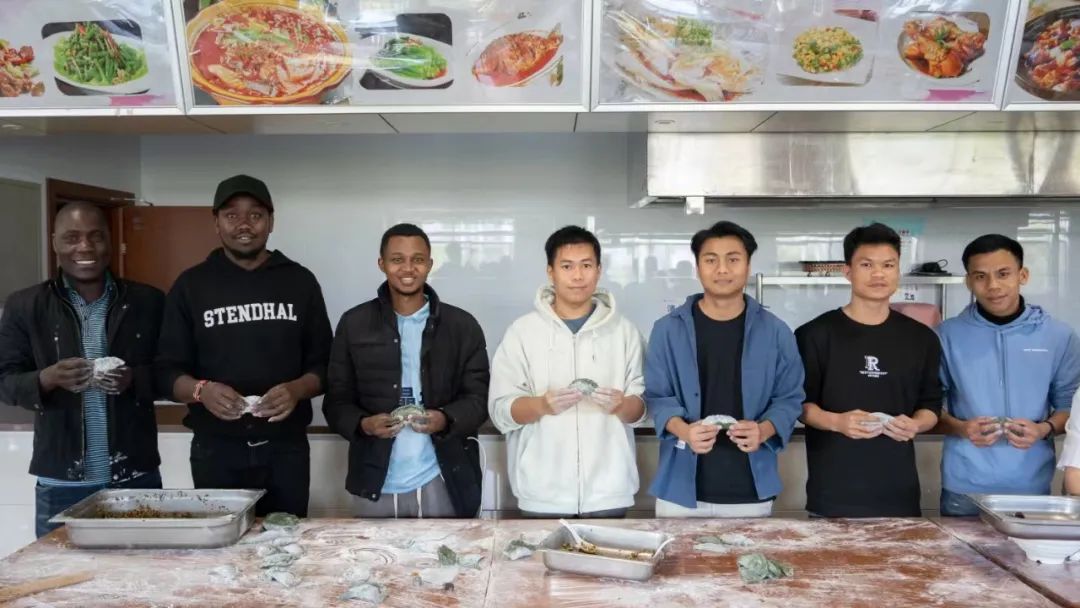As the Qingming Festival approaches, the air is filled with the fragrance of wild mugwort and the tenderness of young green fruits. The Qingming Festival, one of the 24 solar terms in China, has a history of over 2,500 years and is one of the most important traditional Chinese festivals.
To help international students understand the Chinese traditional festival of Qingming and experience the folk culture, thereby enhancing their sense of integration, the School of International Education invited international students to participate in the "Qingtuan with an International Flair, Deep Chinese Affection" activity, where they immersed themselves in the experience of making Qingtuan.
Qingtuan is a traditional specialty snack from the Jiangnan region, made by mixing the juice of mugwort into glutinous rice flour, then wrapping it with red bean paste or salted egg yolk fillings. Once steamed, it has a delicate and elegant aroma. During the activity, the cafeteria aunties took on the role of teachers. They introduced the origins of the Qingming Festival tradition of eating Qingtuan to the international students and taught them how to make Qingtuan step by step. "Look, you need to press the edge a bit thinner and put a little more filling inside," the cafeteria aunties patiently instructed the students on how to make Qingtuan. After washing their hands, the international students followed the guidance, carefully shaping the dough into balls, flattening them, gently inserting the fillings, and then sealing the openings. Sasa, an international student, said, "It's my first time making Qingtuan in China. My movements are not very skillful, but I really enjoy the process." Throughout the activity, everyone helped each other, creating a very lively atmosphere. One by one, the attractive green Qingtuan were made amidst laughter and joy, and then they were placed in the steamer to be cooked.
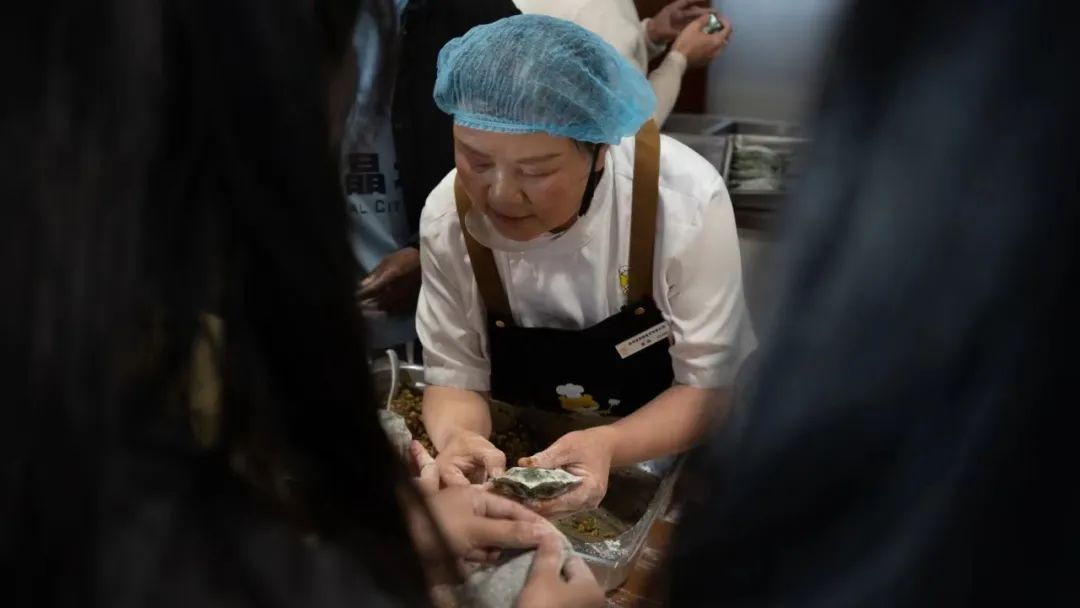
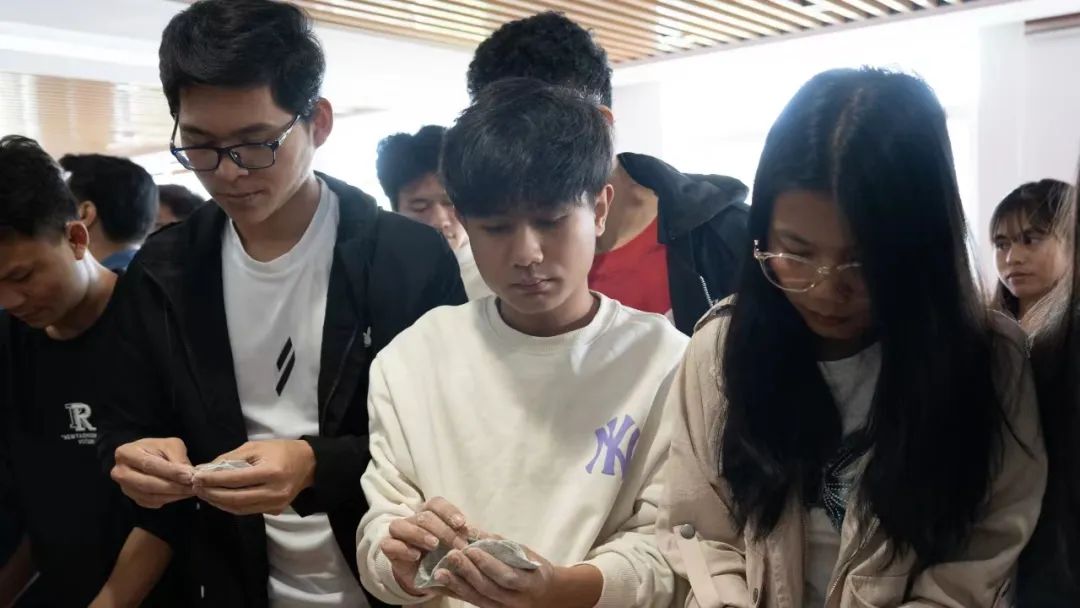



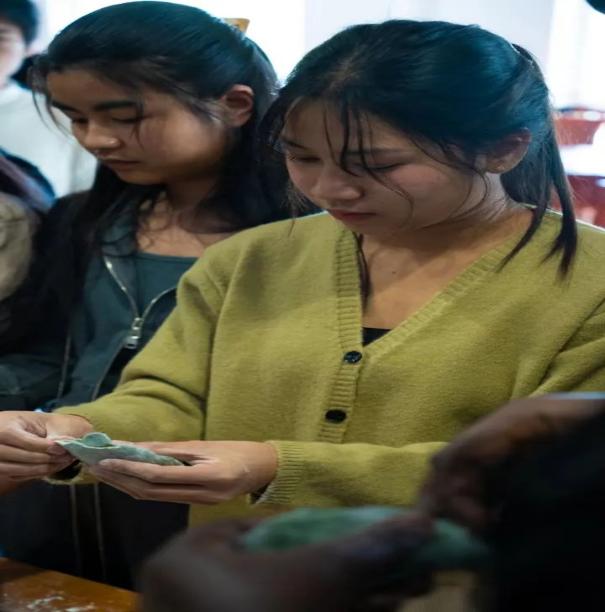
“Out of the steamer!” In no time, the Qingtuan were ready. Freshly steamed, the Qingtuan were chewy, soft, and exuded a delightful fragrance. The savory aroma of the meat filling, the sweet taste of the red bean paste, and the wheaty scent of the mugwort juice, combined with the satisfaction of their own labor, made the Qingtuan incredibly delicious.
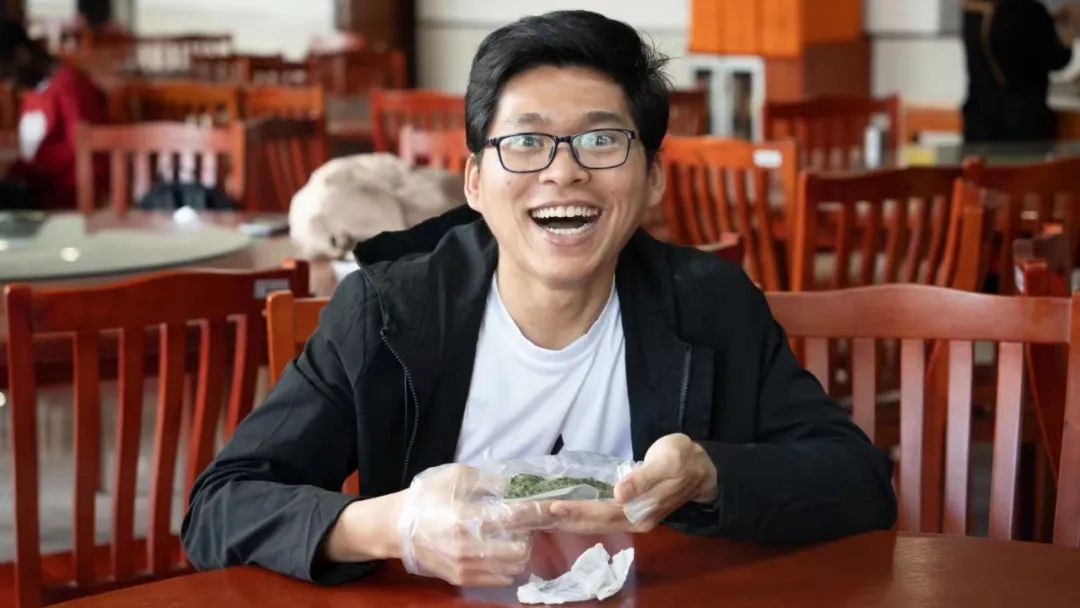
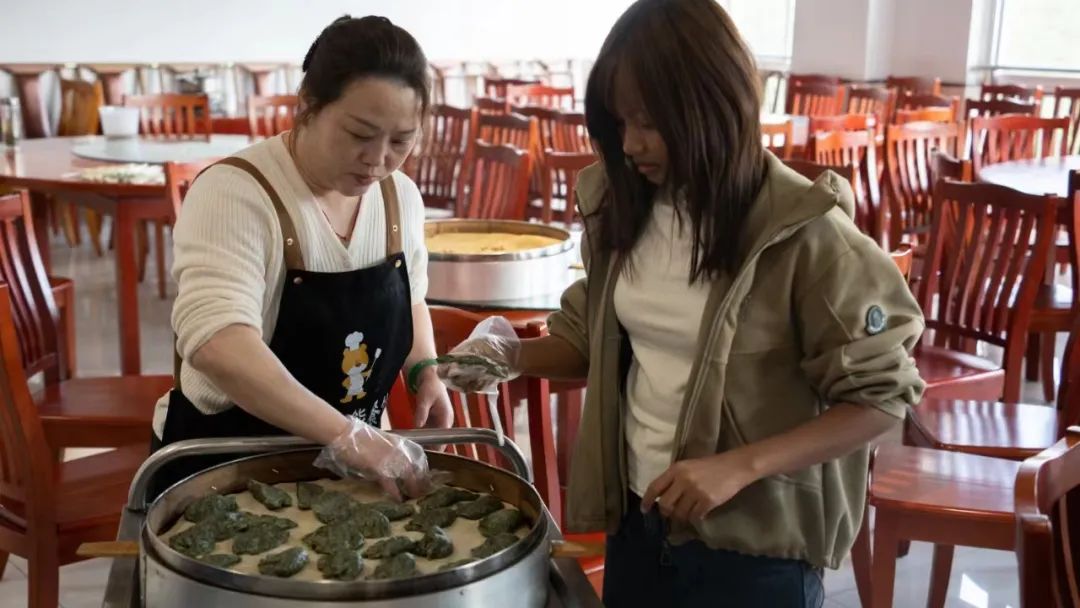
Each Qingtuan carries not only the sweet fillings but also the fullness of friendship and joy. This activity allowed international students to understand the essence of Chinese culture embodied in the Qingming Festival, to experience the filial piety and family bonds reflected in the festival's customs, to learn about the important folk food traditions of the holiday, and to appreciate the Chinese philosophy of adapting to the natural rhythms and following the laws of nature.
